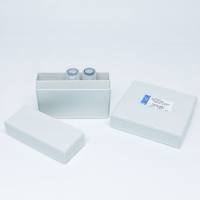With a mean weight of 1500 g containing around 10 billion neurons, the adult brain represents about 2% of the total body mass, but requires 20% of the total energy produced. It consumes continuously 150 g of glucose and 72 L of oxygen every 24 h. A few minutes interruption of this supply can lead to dramatic brain damage. Manifestations and consequences of stroke depend on the location and extent of the lesions. A vascular cerebral accident, also called stroke or brain attack, is an interruption of the blood supply owing to either occlusion (ischemic stroke) or rupture (hemorrhagic stroke) of a blood vessel to any part of the brain, with an occurrence of around 80% for the ischemic type. Stroke has a devastating impact on public health and remains the third leading cause of death and the first leading cause of long-term disability in industrialized countries. An early diagnosis of the cerebral accident associated with an appropriate treatment would reduce the risk of death and enhance the chances of recovery. When the diagnosis of stroke is established, the physician needs to know the nature (ischemic or hemorrhagic), the extent, and the location of the accident in order to orient patients and to give them most suitable treatment. Because no specific and unique symptoms or early blood diagnostic markers are currently available, it was of a great interest to develop new approaches in the research and discovery area of new early diagnosis and prognosis markers of stroke.






